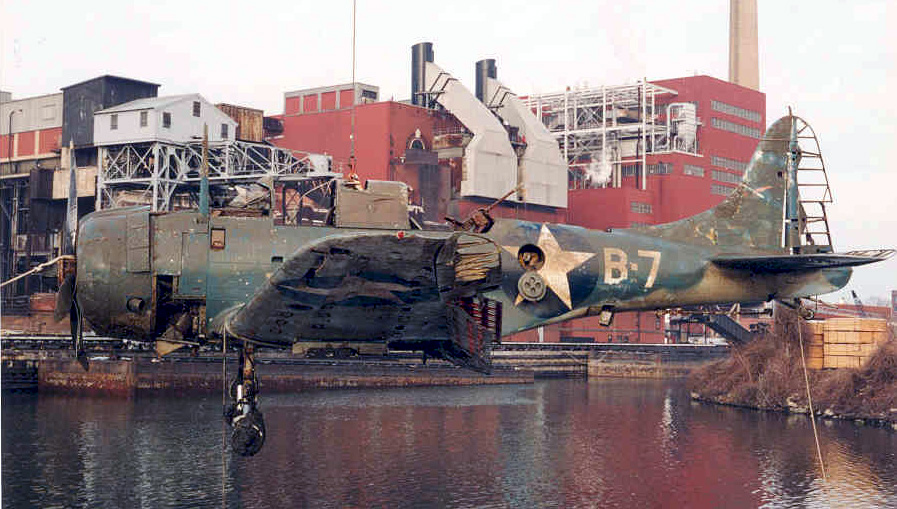Consideration is being given to raising a WWII era dive bomber aircraft that crashed into Lake Michigan in 1943.
If the lift is done, the SBD Dauntless aircraft could find a new home in the American mid-west in a museum dedicated to aviation history.
Early in the war, the navy had to train pilots to land on carriers, and they chose Lake Michigan as one of their training grounds.
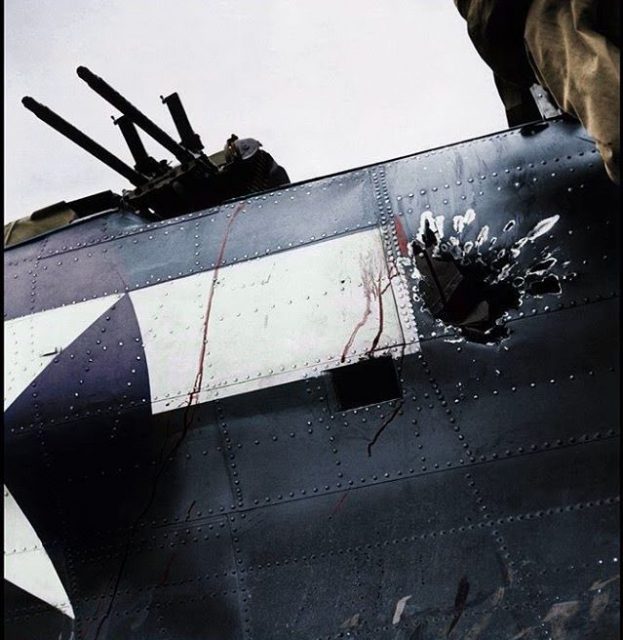
The gunners hands were still clasped to the .30 caliber machine guns.
It was far from the sea, relatively calm, and they could train pilots in safety. Altogether almost 15,000 pilots gained their carrier qualification on the two aircraft carriers based on the lake.
In 1943 a US Navy trainee pilot was attempting to make a landing aboard the USS Wolverine when he crashed into the lake.
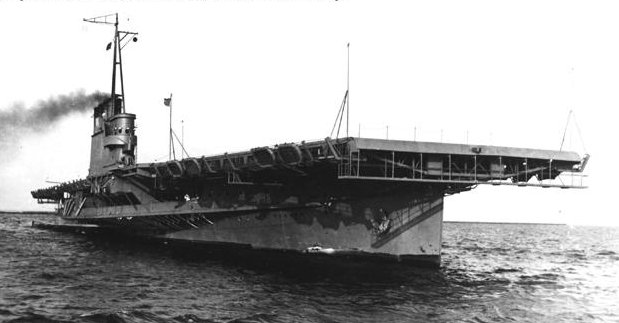
The pilot was injured but recovered to serve aboard the USS Yorktown and surviving the war he studied medicine and became a physician.
Many of the planes that trainees crashed into Lake Michigan have been successfully recovered, restored, and put on display in museums.
Estimates vary of the number of wrecks that still lie under the waters of the lake, but most agree that there are around 70 planes still lying on the lake floor.
The CEO and President of the AirZoo Museum located in Portage, Michigan, Troy Thrash, said that they were interested in the recovery of the Dauntless.
The plans that the museum has for the aircraft include displaying it without a complete restoration.
Thrash said that AirZoo currently had 75 volunteers working hard on the restoration of two other aircraft that had been recovered from Lake Michigan.
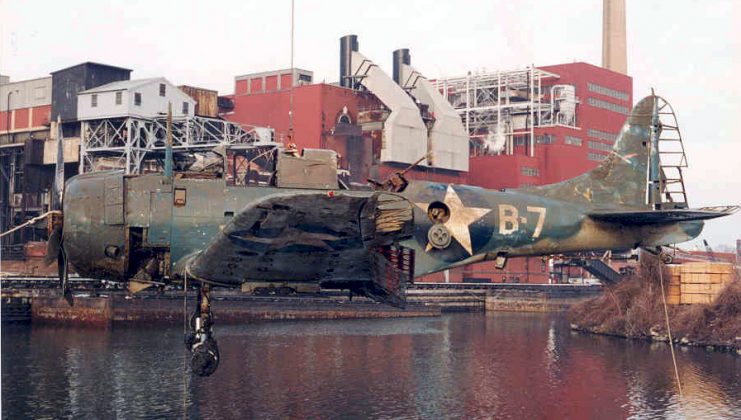
Still, the intention behind this exhibit would be to show how science had come to the aid of history. They would show how science was used to find the aircraft on the lake bed and the technology that was used to do this.
Technologies such as side-scan radar that was used to find the wreck and what was used to raise the aircraft.
They would also demonstrate what the marine environment meant for these old planes and how it was slowly but surely destroying them. Finally, they would explain the importance of saving these historical artifacts.
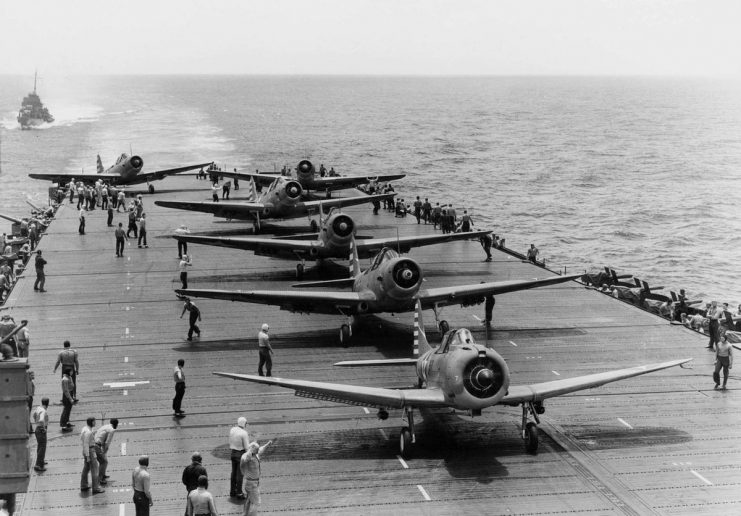
The museum will have to move quickly if they want to raise this plane as it is rapidly being destroyed by Quagga mussels.
These shellfish are invasive in Lake Michigan and have a devastating effect on the marine ecology as well as the wrecks themselves.
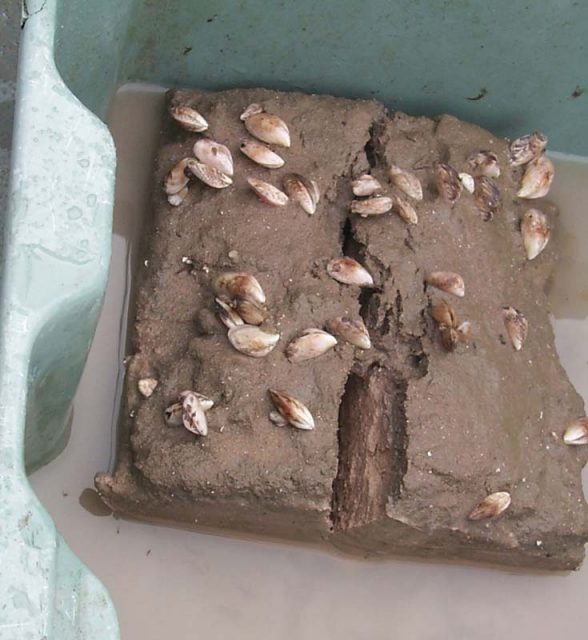
Thrash said that the museum had a few years at the most to get the plane out of the water before the mussels destroy the structural integrity of the metal frame and make it impossible to raise the aircraft.
The owner of the WWII wrecks that lie on the lake bed is the US Naval History and Heritage Command, and their director Admiral Sam Cox, US Navy Ret., said that plans to raise any wreck would be assessed on a case-by-case basis.
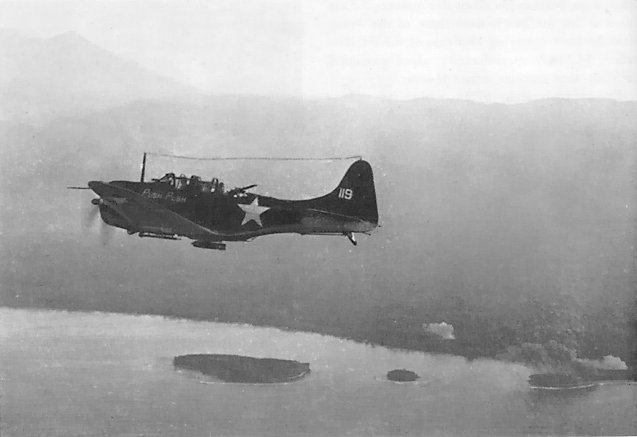
The proposal would have to be funded entirely, and permits would have to be acquired from many governmental agencies.
In spite of this, Cox said that he was interested in the provisional plans put forward by AirZoo.
Though the Navy preferred that all aircraft wrecks, no matter where they may be, remain undisturbed, those in Lake Michigan are a particular case.
This is due to the fact that they are of a specific aircraft type and the educational benefit that can be derived from them.
Taras Lyssenko from the salvage company A & T Recovery said that once they had recovered aircraft purely for their historical significance but now the emphasis was more on the science behind the recovery, than the plane itself.
Scientists are learning a great deal about the ecology and environment within the Great Lake’s System and the damage caused by invasive species such as the Quagga Mussel.
Another Article From Us: USS Arizona and USS Oklahoma Set to Sail Again for the US Navy
Also, materials scientists gain insight into how living creatures create and accelerate the corrosion and destruction of materials.
